
The Magician is intuition, education, and reflexes. In myth and legend the Magician appears in stories not to be the hero, but to aid the hero on their quest. In these stories the Magician can also take the form of a witch, enchanter, or shaman. The Magician is the most esoteric part of our schooling that filled us with the most passion. The Magician is a sense of personal power and accomplishment, but not power gained through conflict like the Warrior. Power for the Magician comes through cleverness, tricks and being resourceful and inventive.
To the Warrior knowledge, secrets and intrigue make one strong, not brute strength. The Magician is a wiseman and a diviner, both prescient and empathic. The magician can act as a negotiator or statesman, but is more commonly a salesman, seducer, or an entertainer. The Magician stands with one foot in two worlds. He is a gatekeeper between the abstract clairvoyant realm of the unconscious and the practical and results oriented world of the everyday. He brings back visions from the world of the unconscious and bestows them as gifts on others. This power to surprise and interest others is closely tied to our own need for attention. Patients that did not get the attention they desired as children will often have a well developed Magician. These patients believed as children that something about them was bad or shameful, and developed their magician archetype as a way of being seen or having control.
Related Post: Teach Your Children Well
It is the Magician that impresses others with insights, funny stories and hidden talents. It is the Magician that is able to stand out in a bar room or business meeting when others are vying for attention. The Magician is our ingenuity, and adaptability in the face of situations that we cannot plan for or control. The Magician is our ability to read between the lines in academic domains, to see the broader point or meaning beyond a text. Every insight or inspiration that you have ever pulled from the ether and used to your advantage feels like magic. If you are comfortable pulling clever observations and realizations from the unconscious and putting them to use then you are strongly identified with the Magician.
Patients may be under identified with their Magician if they were brought up to be rule oriented or understand the world only as a series of lists to be memorized. These patients are not intuitive but learn by memorizing a series of steps that became a crutch for their thinking. Patients under identified with their own Magician will distrust the Magician in others. They are not adaptable and are inflexible in their thinking. Patients who view people that are funny or creative with suspicion are likely to be under identified with their own Magician.
Patients who are over identified with the Magician may have a grandiose idea of what their intellect or insight will get them out. They may think genius will solve every problem without elbow grease. They may try to use a charming personality or a quick wit to escape hard work or interpersonal conflict. Patients who are deeply dismayed over poor academic performance despite no effort at study will be over identified with the Magician. These patients are often under identified with their Warrior because they have never learned to overcome situations their intuition cannot control or to work hard for a reward.
The fundamental anxiety that the magician assuages is the inability to control one’s surroundings. The Magician is at its root a personality device developed to maintain control during a period in a person’s life when assertiveness was not allowed.
This was often a way to hold on to some control of our environment when direct confrontation was not an option. The Magician can also develop in early childhood when a child feels like there is a need in the family of origin that neither caregiver can meet. This is often a wounded or unreliable caregiver the child has to manage. This leads to the development of an often “magical” seeming ability to read others, read between the lines, and communicate in indirect ways like art and humor.
A patient who is over identified with both the Warrior and the Magician may try to dominate others with their intellect, delighting in the humiliation they cause. After all the cynic is the shadow of the caregiver. A caregiver sees the needs of others in order to meet them. The cynic sees the same needs in others, but uses them to exploit or write off other people. This cynic is the shadow side of the magician’s ability to use intuition to understand others. An example in pop culture would be the stand up comic that summarizes and denigrates groups of people with acerbic insight.
Bibliography
- Jung, C.G. Archetypes and the Collective Unconscious. Princeton University Press, 1969.
- Campbell, Joseph. The Hero with a Thousand Faces. Princeton University Press, 1949.
- Neumann, Erich. The Great Mother: An Analysis of the Archetype. Princeton University Press, 1955.
- Bolen, Jean Shinoda. The Tao of Psychology: Synchronicity and the Self. Harper & Row, 1979.
- Von Franz, Marie-Louise. The Interpretation of Fairy Tales. Shambhala Publications, 1970.
- Woodman, Marion. The Pregnant Virgin: A Process of Psychological Transformation. Inner City Books, 1985.
- Moore, Robert L., and Gillette, Douglas. King, Warrior, Magician, Lover: Rediscovering the Archetypes of the Mature Masculine. HarperOne, 1990.
- Pearson, Carol S. Awakening the Heroes Within: Twelve Archetypes to Help Us Find Ourselves and Transform Our World. HarperSanFrancisco, 1991.
- Bly, Robert. Iron John: A Book About Men. Vintage Books, 1992.
- Edinger, Edward F. Ego and Archetype. Shambhala Publications, 1972.
- Lifton, Robert Jay. The Protean Self: Human Resilience in an Age of Fragmentation. Basic Books, 1993.
- Hillman, James. The Soul’s Code: In Search of Character and Calling. Random House, 1996.
- May, Rollo. The Courage to Create. W.W. Norton & Company, 1994.
- Prochaska, James O., and Norcross, John C. Systems of Psychotherapy: A Transtheoretical Analysis. Oxford University Press, 2018.
- Assagioli, Roberto. Psychosynthesis: A Manual of Principles and Techniques. Hobbs, Dorman & Company, 1965.
- Murdock, Maureen. The Heroine’s Journey: Woman’s Quest for Wholeness. Shambhala Publications, 1990.
- Grof, Stanislav. The Adventure of Self-Discovery: Dimensions of Consciousness and New Perspectives in Psychotherapy and Inner Exploration. State University of New York Press, 1988.
- Whitmont, Edward C. The Symbolic Quest: Basic Concepts of Analytical Psychology. Princeton University Press, 1991.
- Fordham, Michael. The Self and Autism. Wiley-Blackwell, 2013.
- Guggenbühl-Craig, Adolf. Power in the Helping Professions. Spring Publications, 1971.
- Miller, Alice. The Drama of the Gifted Child: The Search for the True Self. Basic Books, 1996.
- Zimmer, Heinrich. Myths and Symbols in Indian Art and Civilization. Princeton University Press, 1946.
- Kast, Verena. The Dynamics of Symbols: Fundamentals of Jungian Psychotherapy. Fromm International, 1992.
- Estés, Clarissa Pinkola. Women Who Run with the Wolves: Myths and Stories of the Wild Woman Archetype. Ballantine Books, 1992.
- Henderson, Joseph L. Thresholds of Initiation. Spring Publications, 1967.
- Hillman, James. The Myth of Analysis: Three Essays in Archetypal Psychology. Harper & Row, 1972.
- Wilber, Ken. The Spectrum of Consciousness. Quest Books, 1977.

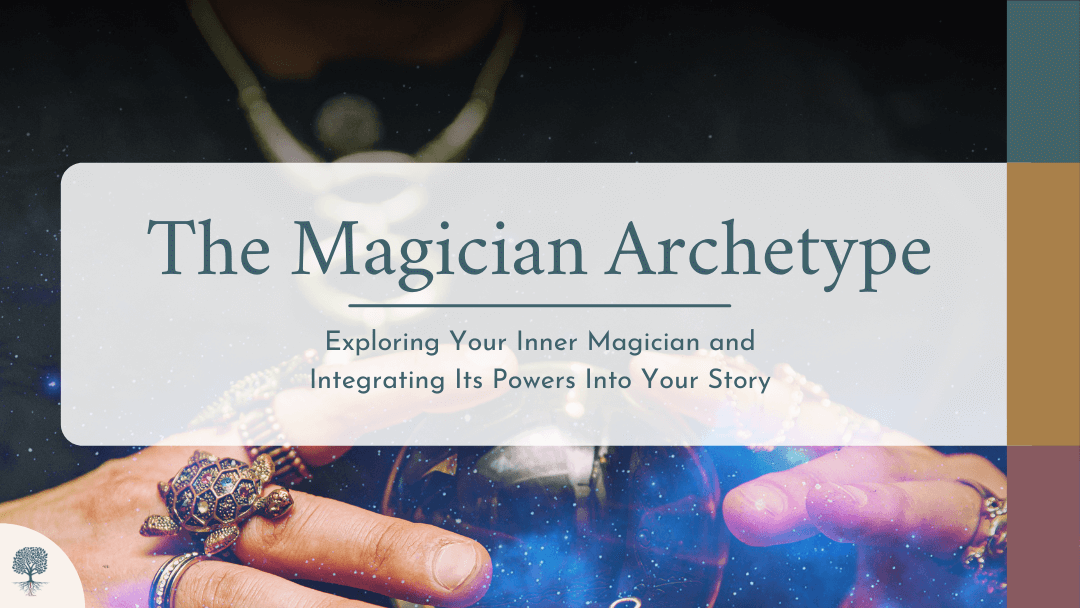






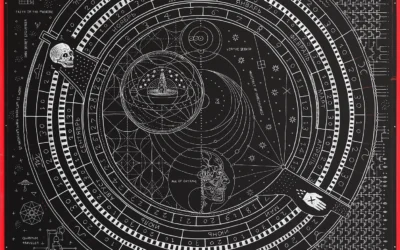
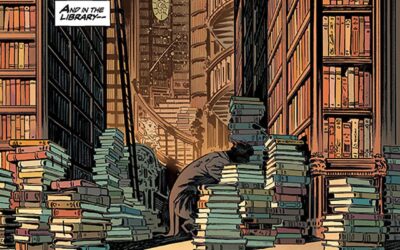

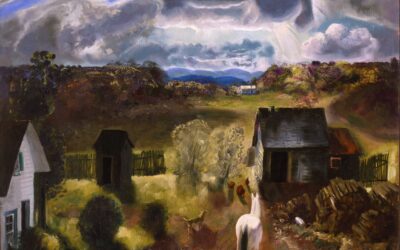
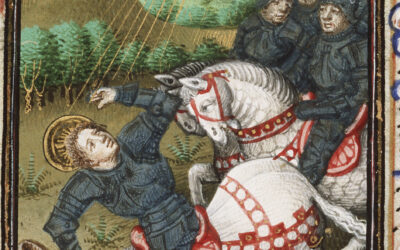
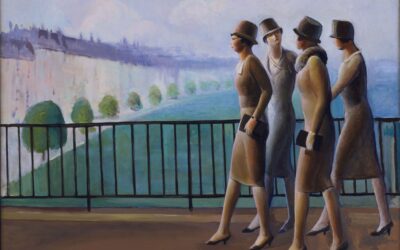
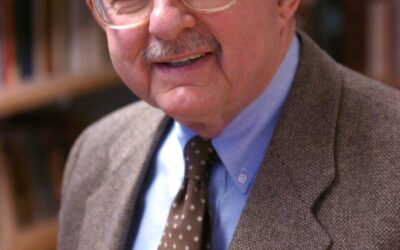



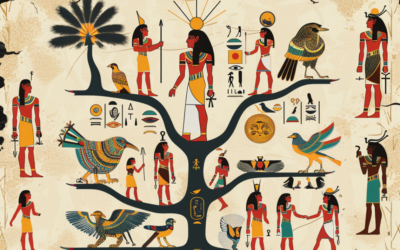
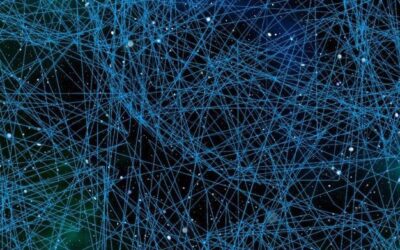
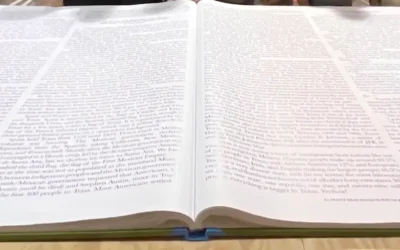
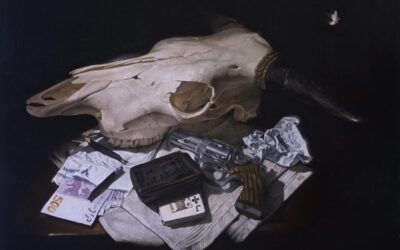
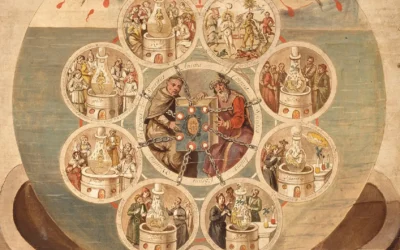

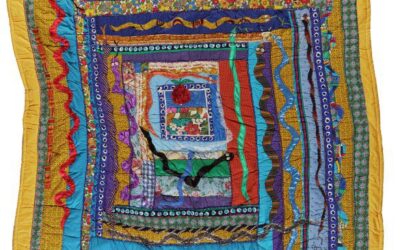
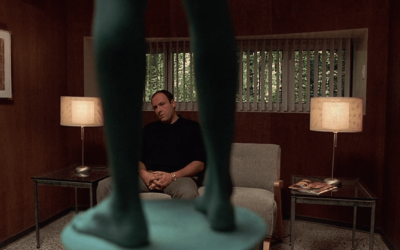
0 Comments